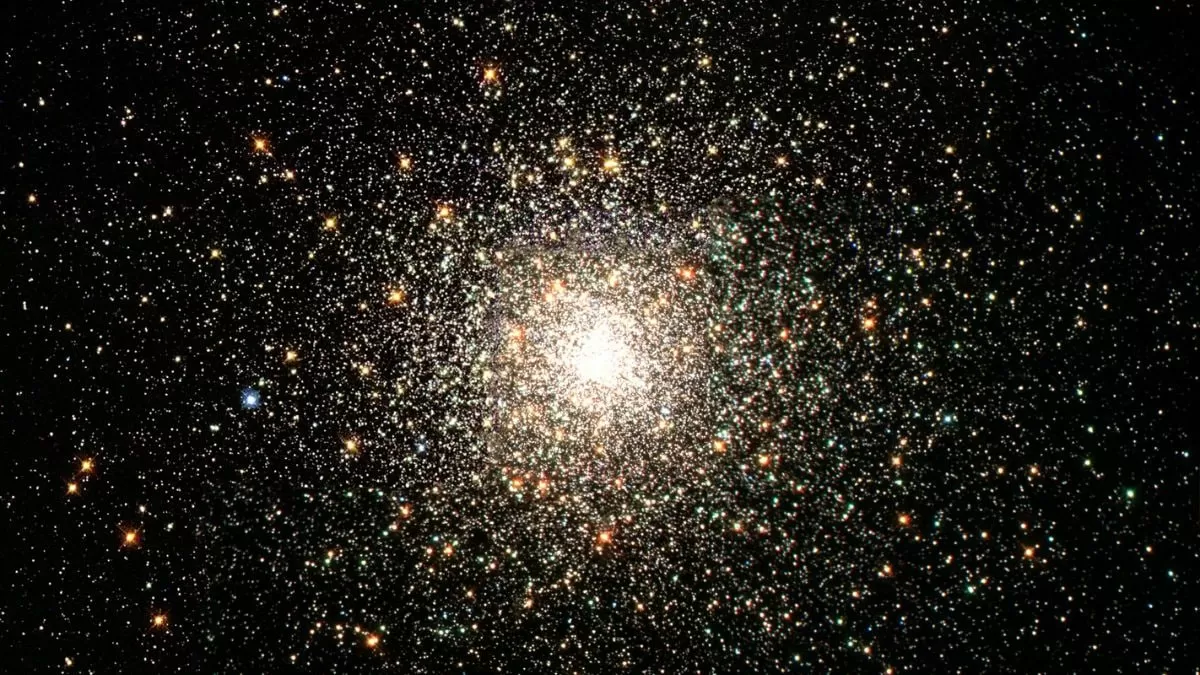NASA’s James Webb Space Telescope (JWST) has been making waves in the scientific community since its launch in December 2021. With its advanced technology and capabilities, the telescope has already revealed astonishing new details about the universe’s reionization process, challenging our previous understanding of this crucial phase in the evolution of the universe.
Reionization, which occurred about 400,000 years after the Big Bang, is the process of the universe transitioning from a neutral state to an ionized state. This transformation was caused by the formation of the first stars and galaxies, which emitted large amounts of ultraviolet (UV) light. Until now, scientists believed that these early stars and galaxies were the dominant source of UV light during reionization. However, JWST’s observations have revealed a surprising oversupply of UV light, leading to a new understanding of this critical process.
The telescope has detected significantly more UV light than what is expected from the known population of early stars and galaxies. This unexpected finding suggests that there may have been additional sources of UV light during reionization. One possibility is the presence of giant black holes, which were previously overlooked as a significant contributor to reionization.
The discovery of an oversupply of UV light also challenges the long-standing belief that early stars and galaxies were the main drivers of reionization. While they undoubtedly played a crucial role, it now appears that the process was more complex, with multiple sources contributing to the ionization of the universe. This raises exciting questions about the nature of these additional sources and their impact on reionization.
JWST’s findings indicate that the reionization process may have been driven by a combination of early stars, galaxies, and black holes. These massive cosmic objects emit vast amounts of UV light, which ionizes the surrounding gas and contributes to the overall ionization of the universe. This discovery opens up new avenues for further research, allowing scientists to delve deeper into the complexities of reionization and gain a more comprehensive understanding of this critical process.
The telescope’s observations have also provided insight into the timeline of reionization. By studying the intensity of UV light at different distances from Earth, scientists can estimate the timing of when different regions of the universe underwent reionization. These measurements suggest that the process was more gradual and spread out over a more extended period than previously thought.
JWST’s findings are a significant leap forward in our understanding of the universe’s early history. Not only have they challenged existing theories, but they have also opened up new avenues for exploration and the opportunity to gain a more comprehensive understanding of reionization. This discovery would not have been possible without the advanced technology and capabilities of the James Webb Space Telescope.
The telescope’s success is a testament to the dedication and hard work of the NASA engineers and scientists who designed, built, and launched it into space. It is also a reminder of the power of scientific innovation and the potential of cutting-edge technology to push the boundaries of human knowledge.
JWST’s observations have also reinforced the importance of continued investment in space exploration and research. This mission has already provided us with invaluable insights into the universe, and we can only imagine what further discoveries await us in the future. As we continue to unravel the mysteries of the universe, it is crucial to support and fund projects like the James Webb Space Telescope to further our understanding of the world we live in.
The implications of JWST’s discovery extend beyond the scientific community. This breakthrough has the potential to inspire future generations of scientists and explorers and ignite a passion for space exploration and discovery. It is a testament to the perseverance and ingenuity of humanity in our quest to understand the universe and our place in it.
In conclusion, NASA’s James Webb Space Telescope has once again proved itself to be a game-changer in the field of astronomy. Its surprising new findings about the universe’s reionization process have challenged our previous understanding and opened up new avenues for research. We can only anticipate what other groundbreaking discoveries this incredible telescope will provide us in the future. As we continue to unlock the secrets of the universe, let us celebrate the successes of missions like JWST and look forward to the dawn of a new era of space exploration.

